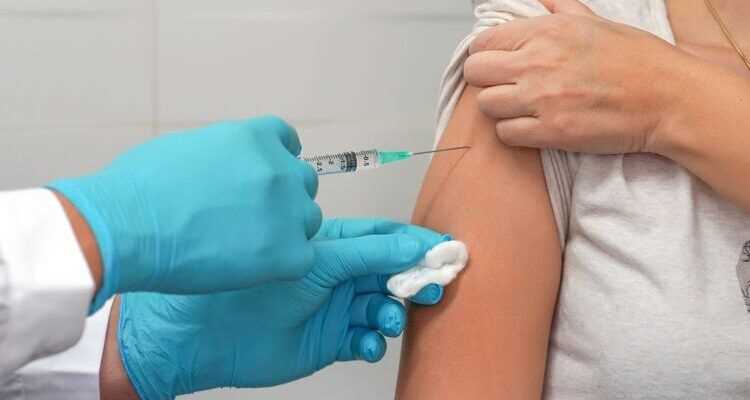AstraZeneca vaccine at heart after being suspended "as a precaution" in several European countries. Denmark was the first to take this decision, Thursday March 11, after "reports of serious cases of blood clots". France, Germany, Italy, Norway, Iceland, Sweden, Bulgaria, Ireland, the Netherlands, Luxembourg, Spain and Cyprus then followed suit. However, "There is no indication at this stage that these events are related to the vaccination" nevertheless specified the National Agency for the Safety of Medicines and Health Products (ANSM).
AstraZeneca vaccine: no link yet demonstrated with thrombosis
The European Medicines Agency (EMA), which will vote on the AstraZeneca vaccine on Thursday March 18, was reassuring, explaining that these "events involving blood clots (…) Occurred in a very small number of people who received the vaccine ".
A total of 17 million people have received a first injection of the AstraZeneca vaccine across the continent of Europe, including the UK. In France, this first dose of vaccine was administered to 1,359,051 people, according to Covid Tracker.
About thirty cases of thrombosis, in other words of formation of blood clots, and of thrombocytopenia, in other words of reduction in the number of platelets, have been reported in people who have received a first injection. "The overall number of thromboembolic events in vaccinated persons does not appear to be higher than that observed in the general population", said the EMA. But how do you spot any coagulation problems?
How to recognize a venous thrombosis?
Venous thrombosis, or phlebitis, is when a blood clot forms in a vein. This partially or completely blocks the passage of blood and usually appears in the lower limbs.
Thrombosis can be superficial, affecting small-caliber veins, or deep, and affecting larger veins. In this second case, "It does not have the same severity. Indeed, the clot of deep phlebitis can accidentally migrate to the pulmonary artery and block it", can you read on the Inserm website.
How to recognize a venous thrombosis? It can be asymptomatic or cause nonspecific symptoms. The manifestations of venous thrombosis can then be:
- redness of the skin over the affected vein;
- a local sensation of heat;
- pain in the affected limb;
- edema, in other words local swelling.
The main complication of venous thrombosis is pulmonary embolism. At the origin of this phenomenon? The migration of a blood clot into the pulmonary artery. "If a pulmonary embolism is suspected, emergency hospitalization is necessary", can we read on the site Vidal. It can manifest itself by:
- pain in the chest;
- shortness of breath;
- cough in some cases;
- coughing up blood in some cases;
- tachycardia in some cases;
- loss of consciousness in some cases.
AstraZeneca vaccine: what are its proven side effects?
The link between the reported thrombotic events and the AstraZeneca vaccine has not yet been established. "These events are rare. To date, few cases have been reported in France, including no death, as part of the reinforced surveillance implemented since the start of vaccination", ANSM said.
The proven side effects of the AstraZeneca vaccine are flu-like symptoms, manifested mainly by high fever, body aches and headaches, as highlighted in a recent pharmacovigilance report from the ANSM. These side effects would also be a sign that the vaccine is having an effect on the immune system.
Read also :
⋙ AstraZeneca vaccine suspended in France: the European Medicines Agency will rule on Thursday
⋙ Suspension of AstraZeneca: what to do if you have already received a first dose of the vaccine?
⋙ AstraZeneca vaccine: the latest information on side effects
